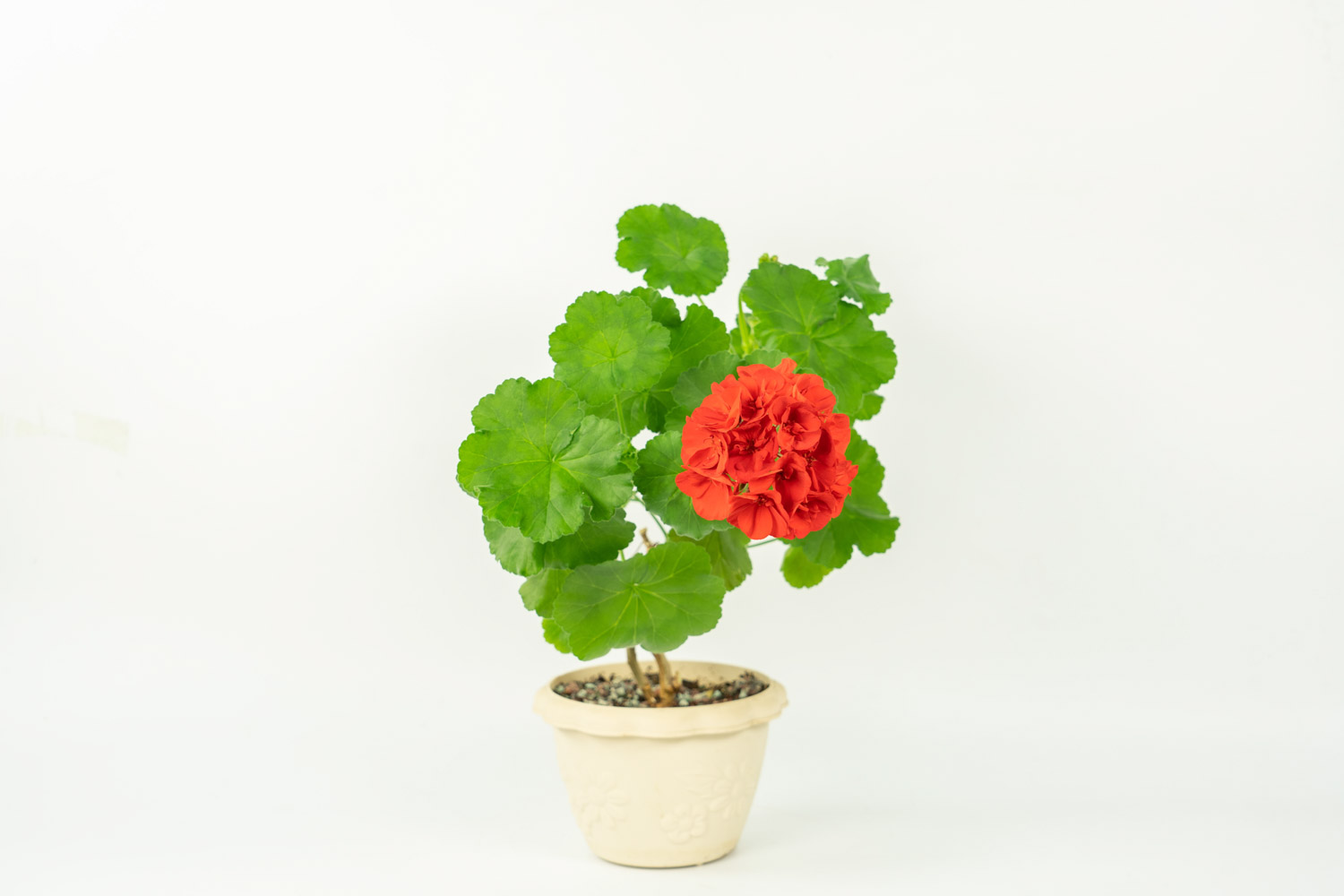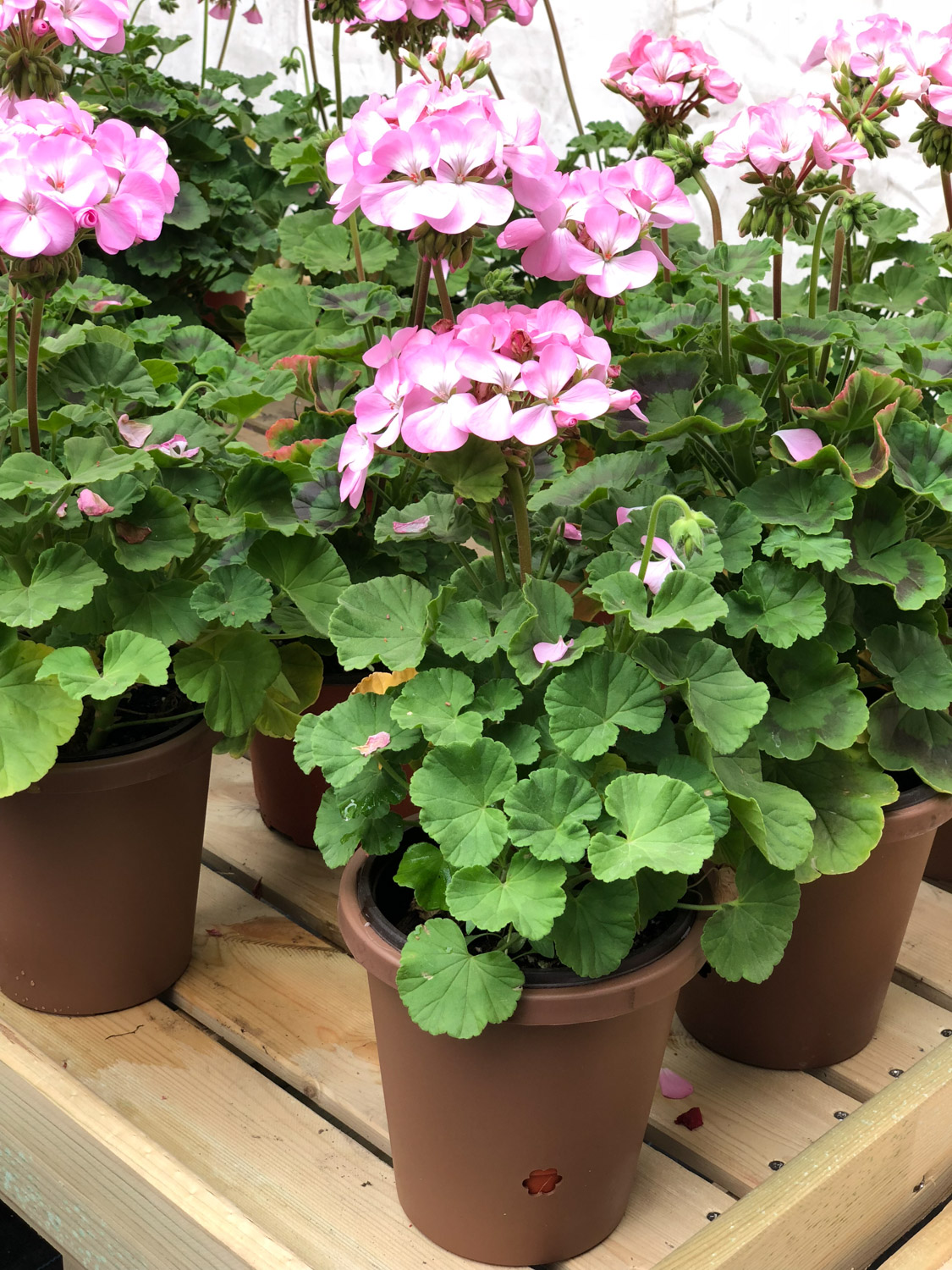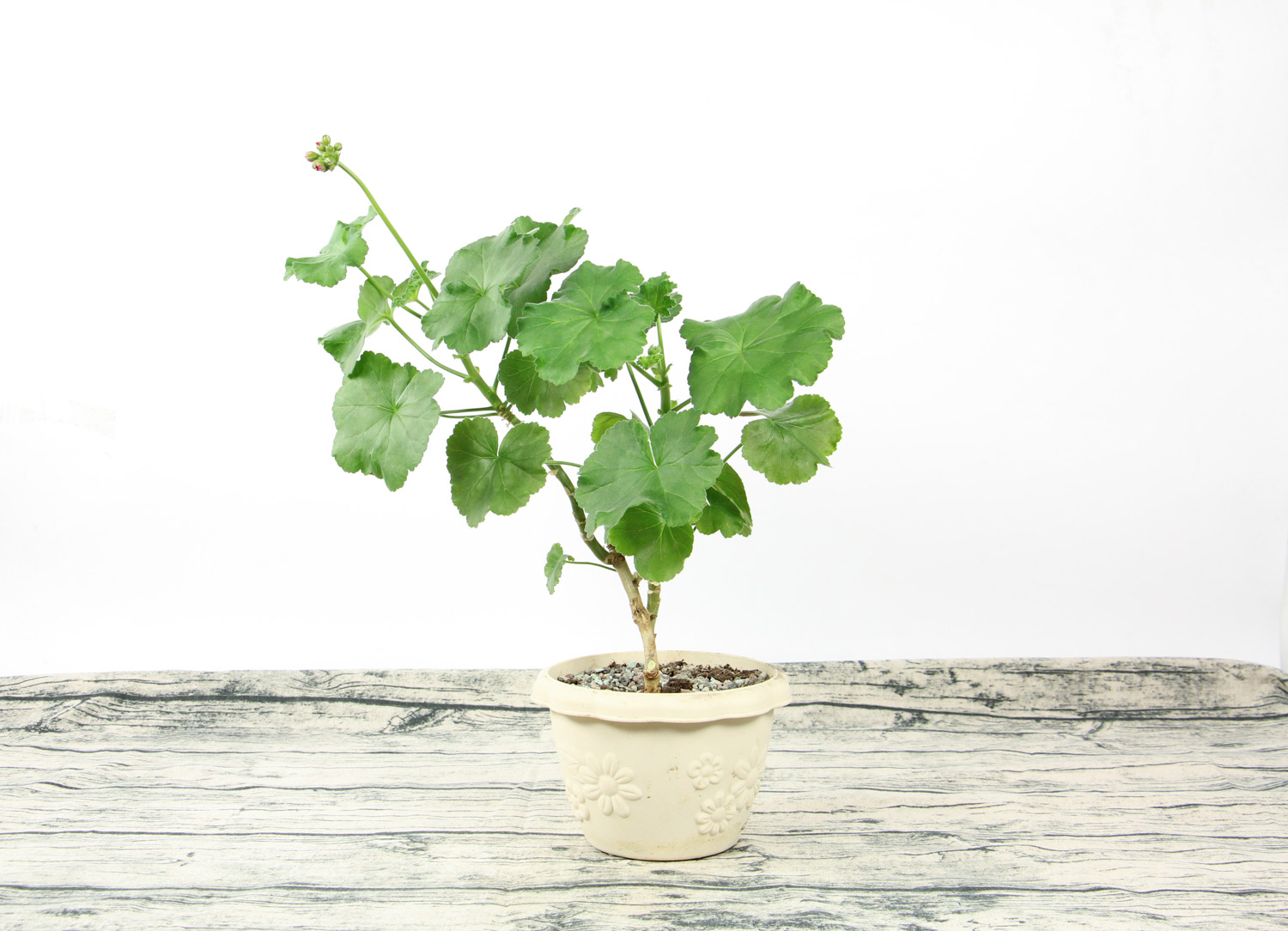1、 Breeding environment
1. Soil: Geranium does not have high requirements for soil, but it likes sandy loam rich in humus best
2. Watering: water properly. Spring and autumn is the peak period of growth. Therefore, sufficient water should be ensured, but there should be no ponding; It's best not to water when the weather is bad; Do not water in rainy season, take drainage measures and put it in a ventilated place; Water less in winter. If the temperature is high, water more appropriately
3. Fertilization: fertilize once every 10-15 days in the peak growth season, and apply liquid fertilizer once every 7-10 days in spring and autumn; If the temperature is high in winter, you can apply fertilizer appropriately, and when the temperature is high in summer, you will enter a semi dormant state. It is best not to apply fertilizer; Before the emergence of flower buds, nitrogen fertilizer was applied, and then phosphorus and potassium fertilizer was mainly applied
4. Light: plenty of sunshine is conducive to its better growth, but it should be properly shaded in hot summer. Spring and autumn and winter festivals can be directly placed in the sunshine; Insufficient light will affect its flowering. Avoid being exposed to strong light when flowering

2、 Breeding method
1. Sowing and reproduction: seeds can be sown after collection. If you want to sow when the weather is cool, you can dry the seeds and store them. When the temperature is 20 ℃, they will germinate in about 7-10 days
2. Cutting propagation: it is best to cut in spring and autumn. Healthy cuttings should be selected, and then soaked with indole butyric acid for about 5 seconds to dry. After it wilts, cuttings should be carried out, watered to avoid being irradiated by strong light, and it will take root after 2-3 weeks

3、 Common diseases and insect pests
Common diseases and pests include mosaic disease, root rot, small feather moths, caterpillars, white mosquitoes, etc. it is very important to prevent mosaic disease and kill aphids, and remove nearby parasitic plants; Small feather moths can be sprayed with trichlorfon


 how many times do yo...
how many times do yo... how many planted tre...
how many planted tre... how many pine trees ...
how many pine trees ... how many pecan trees...
how many pecan trees... how many plants comp...
how many plants comp... how many plants can ...
how many plants can ... how many plants and ...
how many plants and ... how many pepper plan...
how many pepper plan...



























